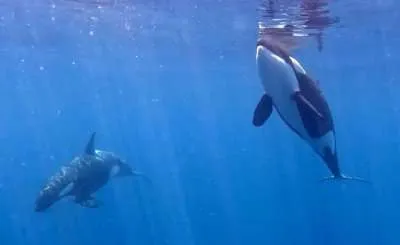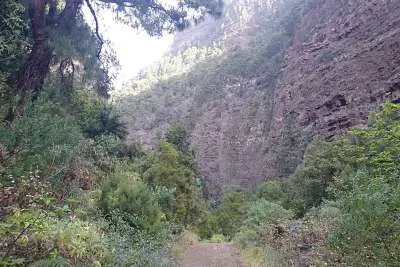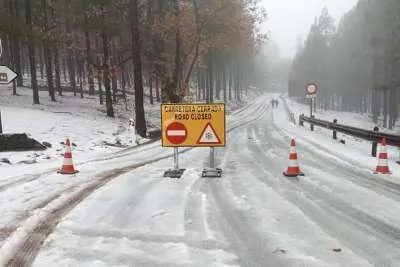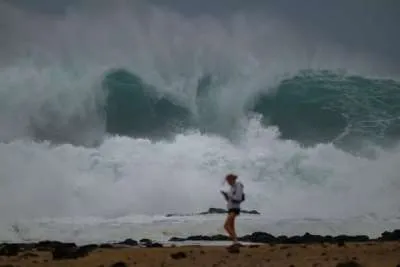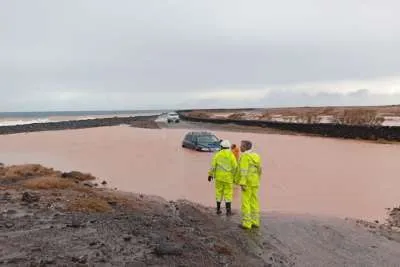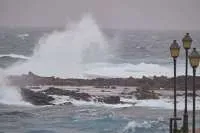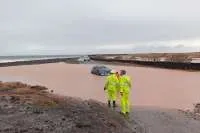A year since the new Holiday Let Law was first approved and VV’s have surged by 25%
- 04-04-2025
- National
- Canarian Weekly
- Photo Credit: CW
A full year after the draft of the Canary Islands’ new holiday let law was first presented, the regulation remains unapproved, despite a surge in holiday rental properties across the archipelago. Since April 2024, the number of registered holiday rentals has grown by 13,000, a 25.4% increase, according to the official Canary Islands Tourism Registry.
The legislation, which aims to regulate short-term tourist lets, has undergone minor modifications since its initial unveiling. Among its most significant proposals is the introduction of a 10% cap on the proportion of homes that can be used for holiday rentals in each municipality or neighbourhood, rising to 20% in the so-called “Green Islands” of La Palma, La Gomera and El Hierro.
However, even before the law has taken effect, some areas like La Oliva and Yaiza already exceed these thresholds, with over 20% of properties being used as tourist lets.
The Tourism and Employment Minister, Jessica de León, insists the draft law is now in Parliament with “the broadest possible consensus.” Yet, it has met criticism from several sides: local councils, who will bear the brunt of enforcement; the tourist rental industry, which finds the regulations too restrictive; and citizen groups, who argue it doesn’t go far enough to control tourism-driven gentrification and housing unaffordability.
The proposal is currently in the parliamentary phase of article-by-article amendments, having recently survived two motions for full rejection, submitted by PSOE and Vox. The hotel industry association Ashotel, based in the province of Santa Cruz de Tenerife, has so far been one of its few vocal supporters.
Despite calls from opposition parties for a temporary freeze on new licences during the legislative process, the regional government declined, citing legal uncertainty and the risk of financial liability. As a result, since the consultation on the draft law began, an average of nearly 36 new holiday homes have been added daily, pushing the total number of tourist properties in the Canary Islands to 67,700.
The law requires local councils to create their own zoning ordinances for holiday lets within five years. Until they do, no new licences can be issued. If councils fail to act within that time, default regulations will come into force. For example, the council of Granadilla de Abona has already announced plans for such regulation.
One key update to the legislation allows owner-operators, those who both own and manage their holiday rental properties, to continue their activity indefinitely, provided they apply for a new “consolidated tourist use declaration” and meet basic conditions.
The current stock of holiday lets will be allowed to remain in operation for at least five years after the law's eventual approval, extendable to ten years in some cases, giving property owners a lengthy grace period to adjust or exit the market.
Since the first draft, several requirements for obtaining a VV licence have been softened. The original version called for a charging station for electric vehicles and a minimum home size of 39 square metres. The latest draft removes the EV requirement and reduces the minimum size to 25 square metres.
Still, several strict conditions remain. Properties must be explicitly approved under local urban planning regulations, be at least ten years old, and not be located in areas of high residential stress. Former social housing (VPO) units within the past decade or properties considered outside zoning regulations are also excluded. A five-year licence will be issued initially, with the possibility of renewal if the property remains compliant.
The draft law includes mechanisms for oversight, allowing island councils to share data from the Tourism Registry with the Land Registry. Municipalities are also expected to implement verification plans to monitor compliance, though many town halls have already warned they lack the resources to carry this out effectively.
Spanning 90 pages, more than half of which is devoted to its statement of principles, the law refers to “sustainability” no fewer than 30 times. It claims to promote sustainable urban development and to safeguard the right to affordable housing.
However, experts remain sceptical, claiming that the law could fall short of its goals. With nearly one million homes across the archipelago and a legal ceiling of 10% permitted for tourist use, tens of thousands more properties could yet enter the holiday rental market.
As the debate continues, the legislation’s ability to strike a balance between tourism, housing rights, and economic development remains firmly under scrutiny.
Other articles that may interest you...
Trending
Most Read Articles
Featured Videos
A Vision of Elvis Tenerife Promo
- 10-05-2025
TEAs 2025 Highlights
- 17-11-2025














